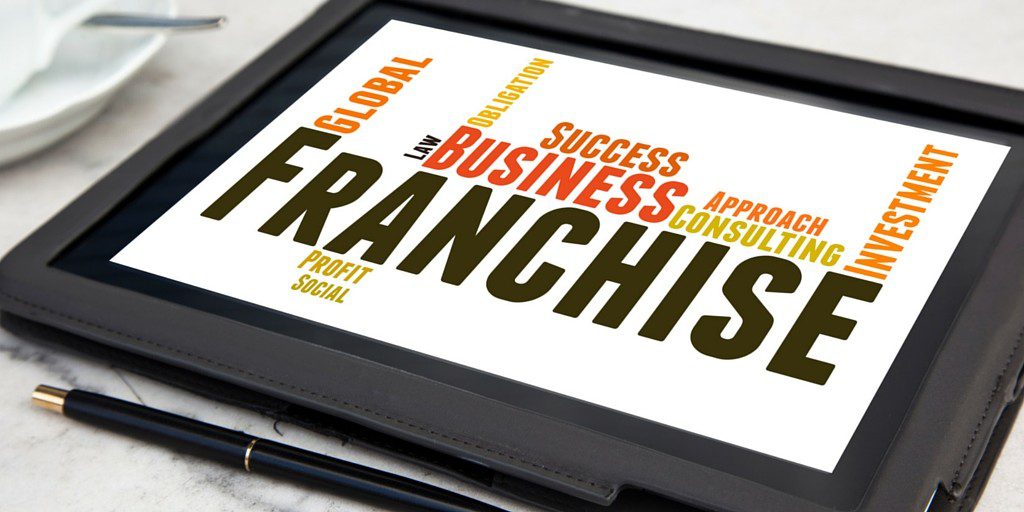Today’s business environment is marked by fierce competition, advanced digital technologies, changing demographics and complex market segments, to name a few. In order to survive and grow in this environment, business enterprises cannot afford to be content with the existing markets or products. They have to look further and aim for business expansion.
However, because of resource constraints and operational concerns, most businesses refrain from exploring new markets and products and services. On one hand, there are marketing opportunities and on the other, there are constraints to make use of those opportunities. The solution lies in franchise business plan. Business enterprises of all sizes and operations, because of several factors like core competency, resource constraints and risk elements, goes for franchise model development to extend their operations to different geographies. This is especially true for businesses with limited operations and limited resources. The small business franchise offers them an ideal solution to aim for growth and expansion. The franchise business plan presents a win-win situation for both the parties involved. But franchise business model may not yield the expected ROI or it may become a financial burden on existing stores if it is not carefully planned, implemented and managed.
So, how do businesses go about franchise model development and execute their franchise business plan towards making it a profitable venture?
1. Devising a strong franchise business plan
The first step in franchise model development is to devise a strong franchise business plan that should cover the goals and objectives, strategies, major functions and key operations of the planned venture.
- Identify portions of business or operations to be franchised (only brand name, brand name with stores etc)
- Identify the geographical locations where potential markets and customers are located
- Define the market segments to be targeted
- Choose the product line which will be offered to the targeted market segment
- Pricing strategies to be adopted considering competition, price sensitivity etc
- Promotional offers to counter competition, establish quick base etc
- Determine the existing levels of competition in terms of similarities with products, services, pricing etc
- Ascertain the required channels of distribution, merchandising
- Human resource management – availability of skilled manpower, training needs etc.
- Profit and risk sharing arrangement with franchisee
- Decentralization and the level and degree of control sought in various functions like operations and quality control, finance and administration, human resource management.
2. Choosing the right franchise model
Over the years, companies and business enterprises have successfully made use of several franchise models to achieve the objectives of franchise business. Two of the most popular and proven models of franchise business development are FOFO (Franchisee Owned – Franchisee Operated) and COFO (Company Owned – Franchisee Operated). Each of these models comes with their own set of features and benefits and companies adopt a model based on their strategic objectives and operational requirements. Choosing the right franchise development model is crucial for success and profitability of a franchise venture between a franchisor and franchisee. For example, a small business enterprise may only seek to add a few branded apparel lines to its store to attract more customers. Or a medium sized enterprise in one location may enter into a franchise agreement with another similar business enterprise in another location to offer the products of both the businesses in both the locations. In order to select the right franchise model, a business enterprise must clearly and carefully define and understand its franchise business strategy and the very goal of adopting the franchise route.
3. Having well defined Franchise SOPs
SOPs or the Standard Operating Procedures have become a standard tool of management for every business enterprise or organization. In a franchise business model, the role of SOPs is further accentuated. Because of different operational patterns and flow of work in two different business entities who are engaged in a franchise business arrangement, there is a need to integrate the processes and operations of both the enterprises for better management and control, uniformity of products and services, better coordination and maintaining standards of quality. SOPs address this need by having a documented set of work and operational procedures which is known and understood by both the parties. Having well defined Franchisor SOPs help a franchisor to monitor the activities of franchisee and the franchisee would be able to adhere to the agreed upon guidelines and procedures for day to day business activities.
4. Conducting periodical Franchise Audits
Control is an essential function of management and audits facilitate control. In franchise business, various functions and operations are handed over to the franchisee by the franchiser. These delegated operations can have a direct bearing on customer delight and satisfaction, quality of products and services, efficiency and effectiveness of operations, manpower management so on. These elements can affect the flow of revenue and exposure to business risks which will also have an impact on the business of the franchiser. This element of exposure involved in a franchise business makes it necessary to have a mechanism in place which can study and analyse the actions of the franchisee and their execution of the business processes and operations. By conducting periodical franchise audits, a franchiser can keep a track on the performance and operations of franchisee, adherence to agreed upon standards and identify areas that require improvement.
The foundation of a successful and profitable franchise business lies on a strong franchise business plan, franchise model development or selection of the appropriate franchise model, strict adherence to processes and procedures and an effective control mechanism.
To know more about franchise development, read ‘How to franchise my business?’
To know more about “Is a Franchise Business Profitable?” get in touch with our Retail Experts on [email protected]
YRC Related Articles: How to Write SOPs for Marketing?, 6 Ways To Grow Your Business, How to Start a Retail Business in India, Business Expansion Plan for Small Entrepreneurs, Six Steps to Writing a Great SOP for Retail, How to write SOPs for an Apparel Brand?, How to Develop SOPs for Quick Service Restaurant?, How to write SOPs for Furniture Showroom
Author Bio

Nikhil Agarwal
Chief Operations Officer










